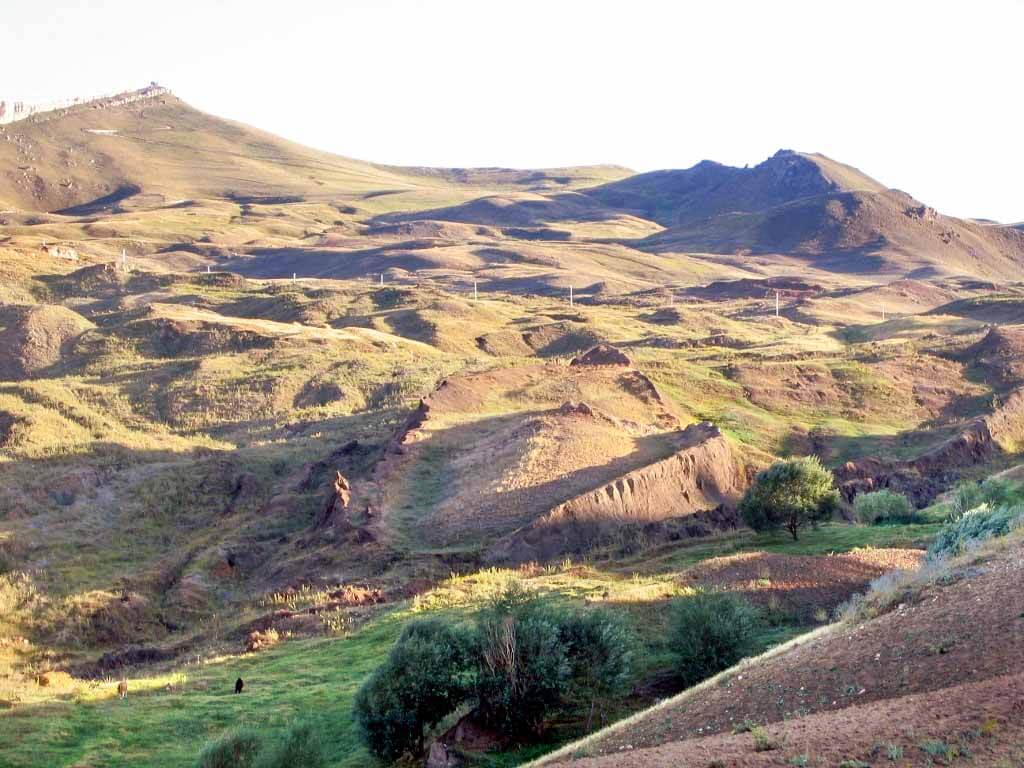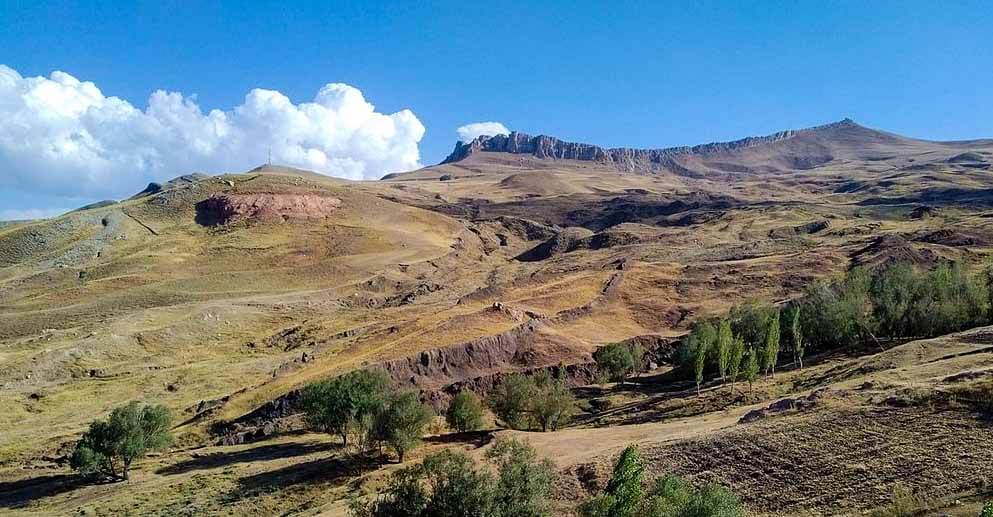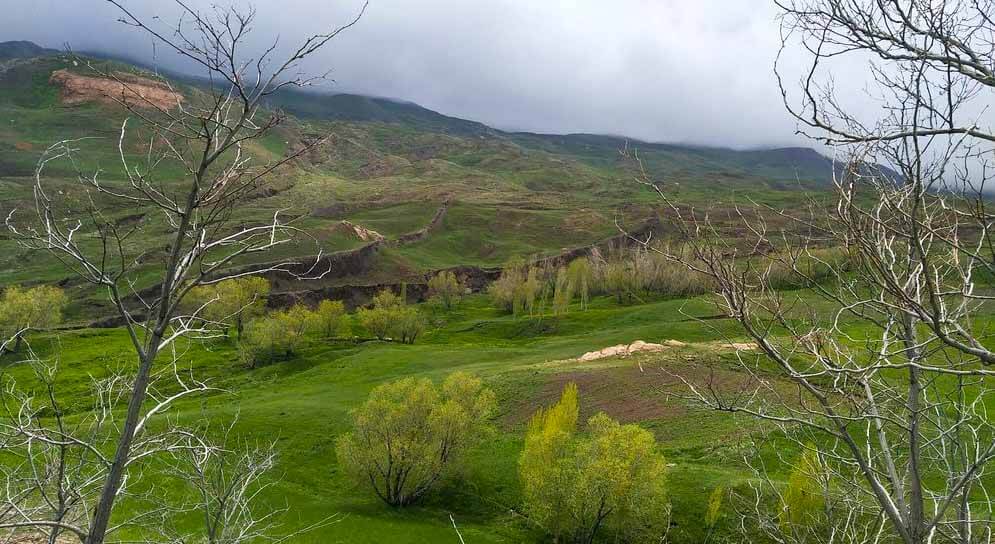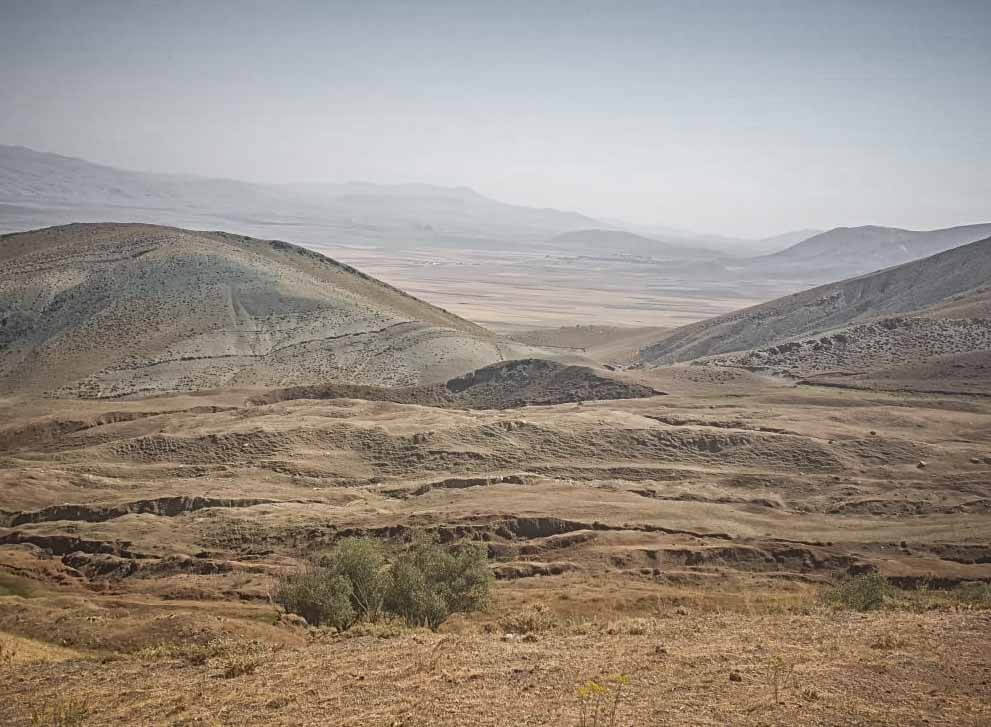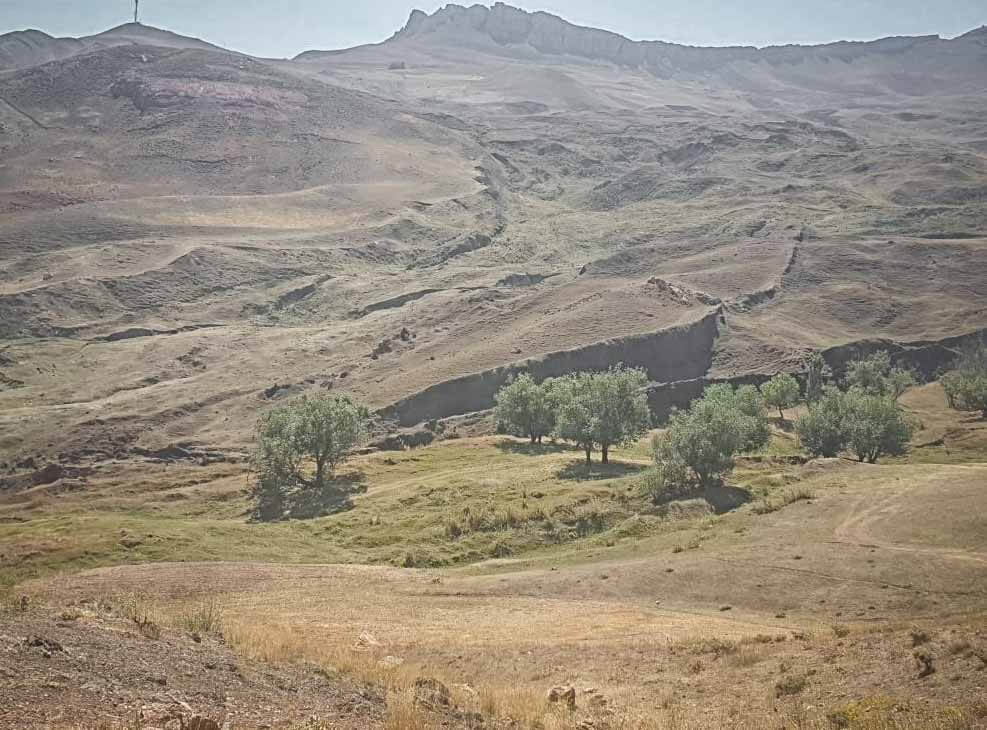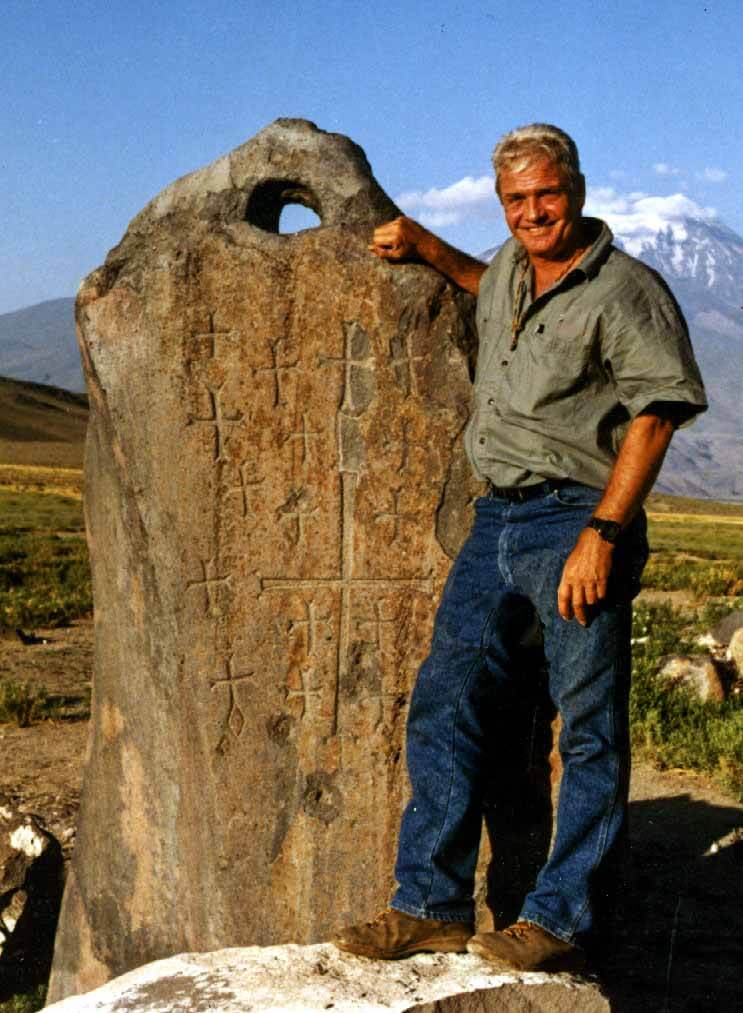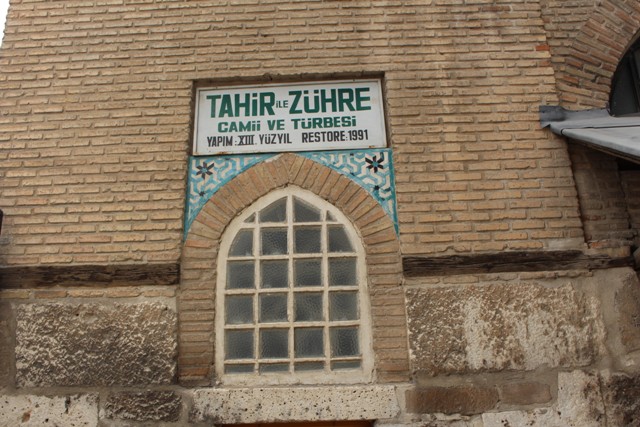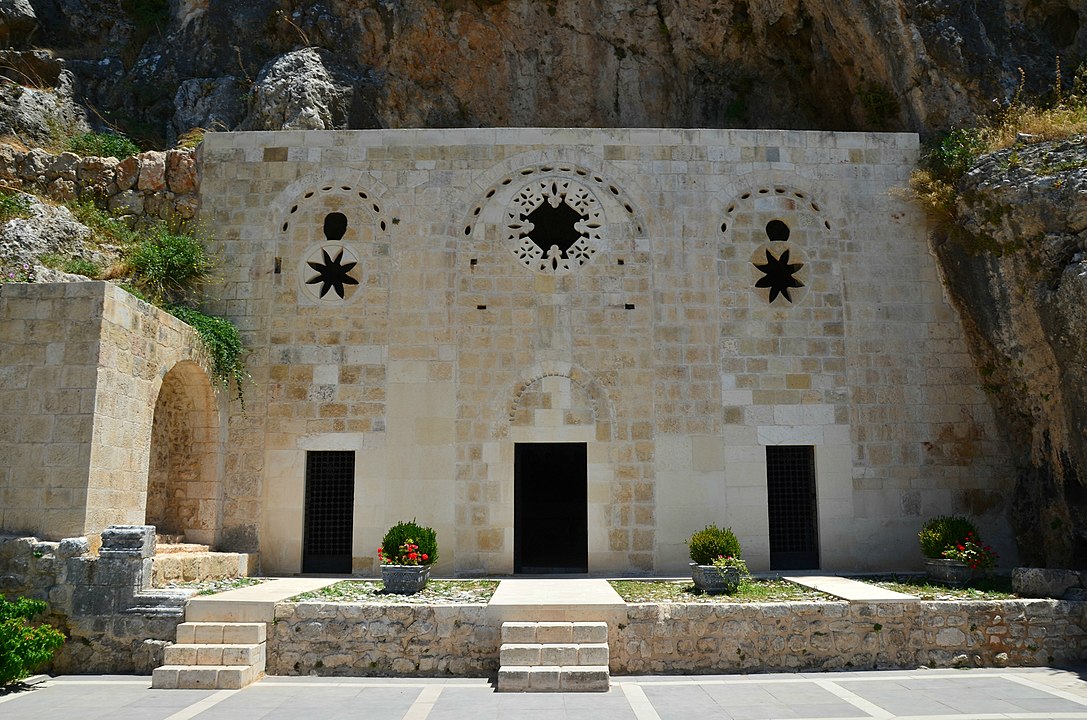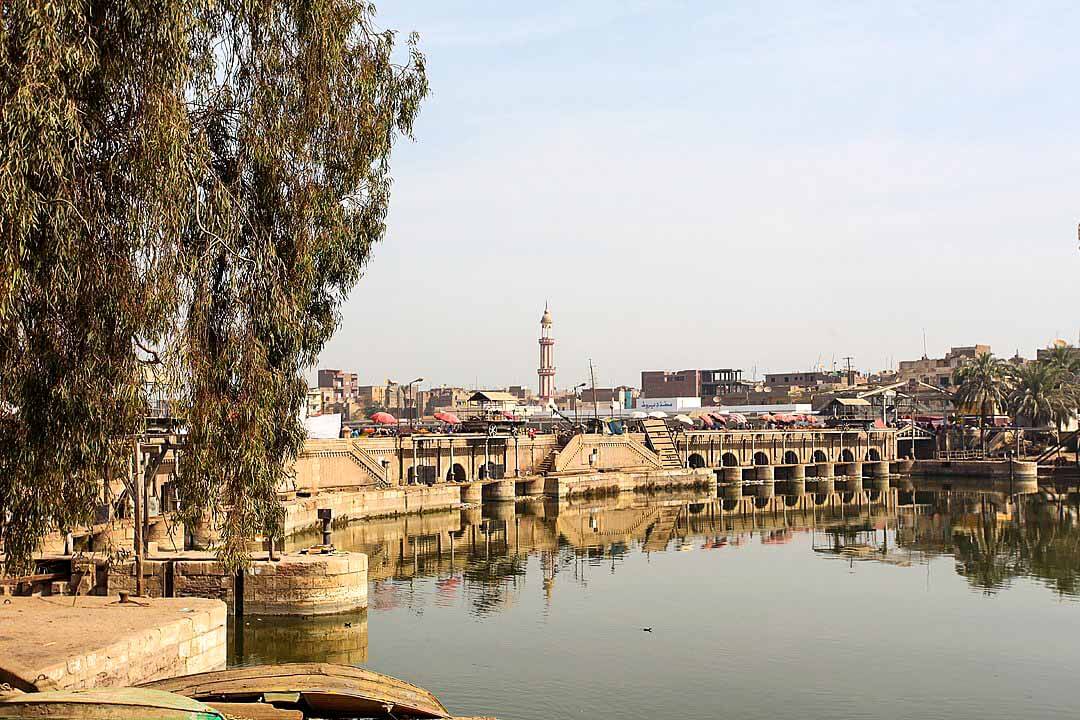Doğubayazıt, Ağrı – Turkey
Coordinates: 39.440682, 44.234648
The Durupınar site is a large aggregate structure on Mount Tendürek in eastern Turkey.
The site is 3 kilometres (2 mi) north of the Iranian border, 16 km (10 mi) southeast of Doğubeyazıt, in the Ağrı Province, and 29 km (18 miles) south of the Greater Mount Ararat summit, at an elevation of 1,966 to 2,004 m (6,449 to 6,575 ft) above sea level.
The size and shape of the structure has led to its promotion by some believers as the original Ark of Hz. Nuh عليه اسلام
But geologists as well as some creationists argue that it is a natural formation.
The site is near several officially-unnamed peaks, though locals call one of the nearby peaks Cudi Dağı in Turkish (Mount Judi), the mountain named in the Quran as the final resting place of Ark of Hz. Nuh عليه اسلام
Some researchers place Mount Judi in another location farther south near the Turkish/Iraqi border.
Discovery
According to local reports, heavy rains combined with three earthquakes exposed the formation from the surrounding mud on May 19, 1948. It was discovered by a Kurdish shepherd named Reshit Sarihan.
It was subsequently identified by Turkish Army Captain İlhan Durupınar.
Durupınar informed the Turkish government of his discovery and a group from the Archeological Research Foundation surveyed the site in September 1960.
After two days of digging and dynamiting inside the “boat-shaped” formation, the expedition members found only soil and rocks. Their official news release concluded that “there were no visible archaeological remains” and that this formation “was a freak of nature and not man-made”.
The site was then ignored until 1977, when it was rediscovered and promoted by self-styled archaeologist and amateur explorer Ron Wyatt. Throughout the 1980s, Wyatt repeatedly tried to interest other people in the site, including ark hunter and former astronaut James Irwin and creationist John D. Morris, neither of whom was convinced the structure was the Ark.
Arzap drogue stones
The Arzap drogue stones are a number of large standing stones found near the Durupınar site.
Some interpreted the artifacts as drogues, stone weights used to stabilize the Ark in rough seas, because they all have a chamfered hole cut at one end as if to fasten a rope to them, and his reading of the Epic of Gilgamesh, the Babylonian mythical account of the flood, suggested to him that such stones were used.
Drogue stones were the equivalent of a storm anchor on ancient ships. They have been found in the Nile and elsewhere in the Mediterranean area, and like the stones found by Wyatt and Fasold, they are heavy and flat with a hole for tying a line at one end.
The stone was attached to one end of a boat, and the drag produced would cause the bow or stern to face into the wind and wind-blown waves.
Museum
High on a hillslope there is a tiny museum alongside what appears to be the outline of a boat. The museum has a collection of articles and fossils to demonstrate evidence of Noah’s Ark.
If you have a good imagination you are likely to believe that the excursion was worthwhile. The museum is in need of attention, but the view of the valley is beautiful, and the knowledge that you are so close to Iran is interesting.
Know This
Driving 7-10 km east of Dogubeyazit on D-100, watch for the brown sign that says Nuh’un Gemisi/(Nuh’s Ark)
Turn at this road sign and drive the 3 miles (5 km) up the road, turning left at the small military installation. Up the hill, you’ll come to a rather tired-looking red-clay colored building with stickers on the front doors.
No exterior sign indicates you are here, but you are.
The viewing area is about 3 km away from the site, so you can see a rock formation that is ellipsoid in shape and with some imagination, you could conceive of it as a baot.


